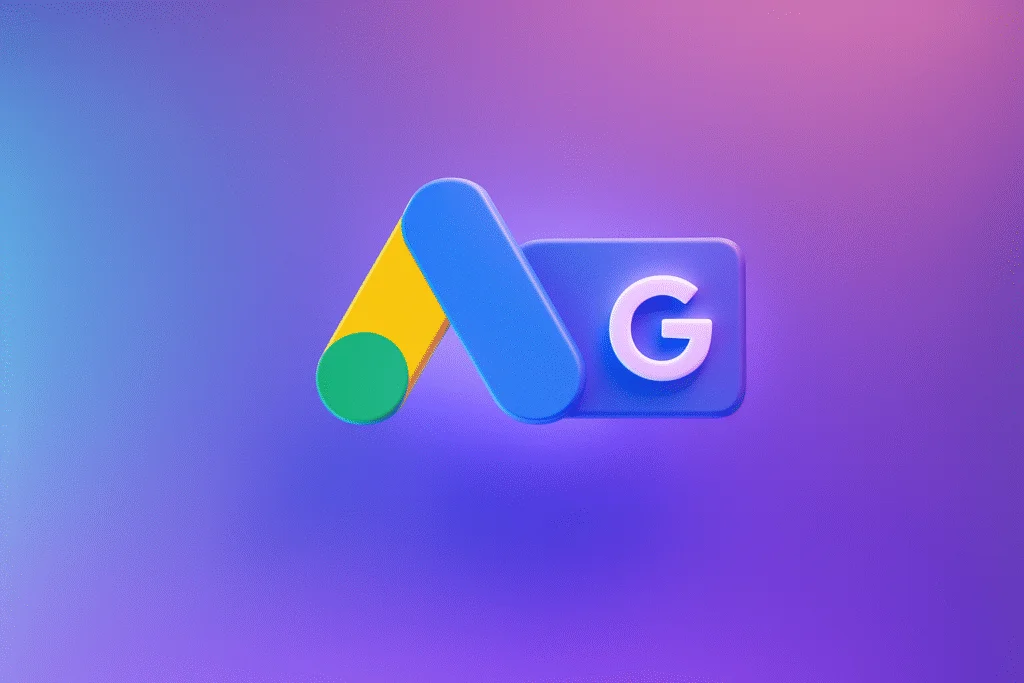Content Refreshing for SEO in 2025: How Often Should You Update Old Content?
Publishing new blogs is only half the SEO battle in 2025. To stay competitive, you must also implement a content refreshing strategy to keep existing content up-to-date and prevent it from going stale. Updating old pages with new data, keywords, visuals, and improved structure signals freshness to Google, improves rankings, and boosts user trust. For fast-moving industries like SEO, finance, and tech, refresh every 3–6 months. For evergreen topics, review at least once a year. The best results come from thoughtful updates that improve value, not superficial edits.
The Overlooked Half of SEO: Content Refreshing
When most businesses think about SEO, they think about producing new blogs, service pages, or landing pages. But the truth is, new content creation is only half the job.
The other half, often ignored by small businesses, is content refreshing. In 2025, with Google’s algorithms rewarding freshness, relevance, and authority, updating your existing content may actually deliver faster ranking gains than publishing brand-new material.
At Vanguard Media, we see this all the time. A client comes to us struggling with declining traffic despite years of blogging. Often, the solution isn’t more posts — it’s smarter updates to the strong content they already have.
Why Content Refreshing Matters More Than Ever in 2025
Search engines are obsessed with relevance and freshness. Google’s mission is simple: deliver the best, most accurate, most current results to users. If your content looks outdated, your rankings will fall — even if it was high quality when first published.
1. Google’s Freshness Signals
Google actively looks for signals that your website is being maintained. Updated copy, recent statistics, and current references all show that your business is paying attention and cares about delivering real value.
2. Search Intent Evolves
Even if your industry hasn’t changed much, search intent often shifts. For example:
A blog about “local SEO strategies” written in 2021 may not address Google Business Profile features introduced in 2023.
A “best social media platforms” article from 2020 would look silly today if it didn’t mention TikTok, Threads, or LinkedIn’s new B2B tools.
3. Rankings and ROI
Refreshing content often outperforms new posts because your old pages already have backlinks, authority, and user history. By updating them, you build on that foundation instead of starting from scratch.
How Often Should You Update Old Content?
There’s no universal rule, but here’s a framework Vanguard Media recommends for 2025:
1. Review Key Content Every 6–12 Months
Service pages, cornerstone blogs, and high-traffic guides should be audited at least twice a year.
Light-touch refreshes (updated stats, new FAQs, minor rewrites) are usually enough.
2. For Fast-Changing Industries: Every 3–6 Months
If you’re in SEO, finance, healthcare, technology, or legal — quarterly reviews are best. Search trends move quickly, and outdated advice can hurt credibility.
3. Evergreen Content: Annually
Some pages are “evergreen,” like definitions, tutorials, or FAQs. But even evergreen posts benefit from annual updates — swap in fresh data, refine examples, and check for broken links.
4. Trigger-Based Updates
Don’t just rely on a calendar. Look for signals such as:
Traffic decline: If a top-performing blog starts slipping in clicks, update it.
Keyword shifts: When new terms rise in search volume, integrate them.
Conversion drop: If a page stops driving leads, review structure and CTAs.
Effective Techniques for Content Refreshing
Refreshing content isn’t just about slapping on a new date. It’s about making the page more valuable to both readers and search engines.
Here’s a checklist we use at Vanguard Media:
1. Update Data and Statistics
Replace old numbers with current research.
Cite trusted sources (e.g., Google reports, industry leaders, government data).
Adding “2025” stats gives your post instant freshness.
2. Add New Keywords and Search Variations
Keyword trends shift every year. Use tools like Google Search Console, SEMrush, or Ahrefs to identify new opportunities.
Example: “voice search SEO” might now also require covering “AI search” and “Google SGE (Search Generative Experience).”
3. Improve Structure and Readability
Google loves well-structured content. Make it easier to scan:
Add more subheadings (H2s/H3s).
Use bullet points and numbered lists.
Shorten paragraphs for mobile users.
4. Refresh Visual Elements
Replace outdated screenshots or charts.
Add videos, infographics, or interactive tools.
Update featured images with a modern design style.
5. Expand and Deepen Content
If competitors have longer, more detailed guides, expand your piece with new sections. Aim to become the most comprehensive, valuable resource on the topic.
6. Optimize for User Experience (UX)
Check mobile responsiveness.
Update internal links to newer content.
Re-test calls-to-action (CTAs) to ensure they still drive leads.
What to Avoid When Refreshing Content
Not all updates are created equal. In fact, some can hurt your SEO. Here are the pitfalls to avoid:
Superficial Edits – Changing a few words or swapping dates isn’t enough. Google can spot low-value updates.
Deleting Valuable Sections – Don’t cut content that still ranks or brings traffic. Instead, expand and improve it.
Keyword Stuffing – Don’t jam in new keywords unnaturally. Updates should serve users first.
Ignoring CTAs – Refreshing content without optimizing lead generation is a wasted opportunity.
The ROI of Content Refreshing: Real-World Results
At Vanguard Media, we’ve seen clients double their organic traffic simply by refreshing old blogs. Here’s a real example:
Client Industry: Local contracting business
Problem: Blog traffic dropped 40% over 12 months
Solution: Updated three cornerstone blogs with new data, visuals, and optimized headers
Result: Rankings recovered within 6 weeks, generating 25% more leads than before
Refreshing content is one of the highest ROI SEO tactics because it leverages work you’ve already done.
How to Build a Content Refresh Workflow in 2025
Consistency is key. Here’s a simple process businesses can adopt:
Audit Your Content Library – List all blogs, service pages, and landing pages.
Score Each Page – Use metrics like traffic, conversions, keyword rankings, and backlinks.
Prioritize High-Impact Pages – Focus first on content that drives leads or ranks for competitive keywords.
Schedule Regular Reviews – Assign quarterly, biannual, or annual refresh cycles depending on the content type.
Track Results – Use Google Analytics and Search Console to measure traffic and rankings post-refresh.
How Content Refreshing Supports E-E-A-T
Google’s ranking system now heavily relies on Experience, Expertise, Authoritativeness, and Trustworthiness. Refreshing old content supports all four pillars:
Experience: Updated examples show real-world relevance.
Expertise: Adding current insights demonstrates mastery.
Authoritativeness: Citing up-to-date sources strengthens credibility.
Trustworthiness: A consistently maintained website builds user trust.
At Vanguard Media, we don’t just write content — we maintain it as a living, breathing asset that grows with your business.
FAQs: Content Refreshing for SEO
Q: Is updating old content better than writing new content?
A: It depends. Updating high-performing pages usually delivers faster gains. But new content is essential for targeting fresh keywords. The best strategy combines both.
Q: Should I change the publish date after refreshing?
A: Yes, but only if the updates are substantial (not minor edits). Updating the date signals freshness to both Google and readers.
Q: How do I know if a blog needs refreshing?
A: Watch for traffic decline, outdated stats, or competitor pages outranking yours.
Q: Can I over-update content?
A: Not really — but focus on quality. Multiple small updates are fine as long as they add genuine value.
Conclusion: Content as a Living Asset
In 2025, SEO isn’t about publishing endless new pages. It’s about treating your content as a living asset. By refreshing your blogs and service pages regularly, you keep them aligned with Google’s algorithms, search intent, and user expectations.
At Vanguard Media, we help businesses across industries audit, refresh, and optimize their content libraries for maximum results. Whether you need to bring an old blog back to life or develop a long-term refresh strategy, our team has the expertise to guide you.
👉 Ready to get more traffic and leads from the content you already have? Contact Vanguard Media today for a content refresh strategy that drives results.
We are rated among the Top 3 Best Digital Marketing Agencies in New Westminster
And, we’re rated 5-stars on Google!





